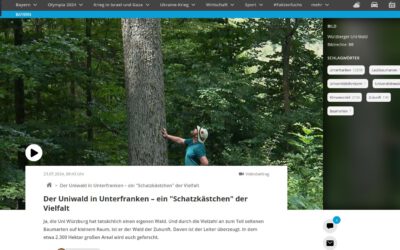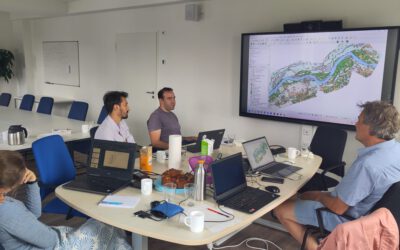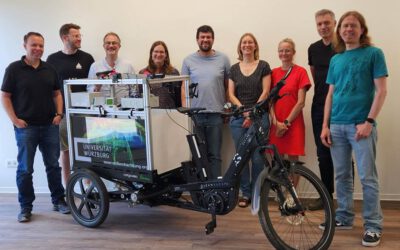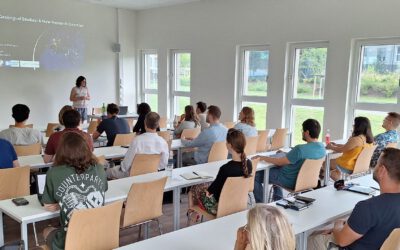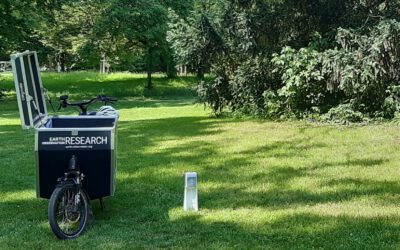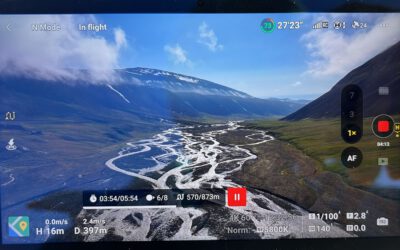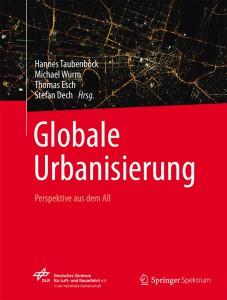 Book “Global Urbanization – Perspective from space” published with Springer Spektrum
Book “Global Urbanization – Perspective from space” published with Springer Spektrum
In the year 2050 there will be 6 billion people living in cities all over the world. This dramatic migration of mankind into the cities has massive impacts on global settlements: especially in Asia, Africa and South America cities with millions of inhabitants are developing rapidly; megacities grow almost unstoppably and create new dimensions of urbanization such as megaregions with more than 100 million inhabitants. Many different kinds of urban structures are formed in this process of urbanization: e.g. decentralized agglomerations of high-rise buildings, monotonous suburbias or slum dwellings. These structures can be identified from space, using multisensoral remote sensing data.
In this book the focus is on transforming multisensoral Earth observation data into new geographic notions. We answer questions such as “which megacities have the highest rates of urban expansion?“, “which spatial patterns of settlements are existing?”, “are informal settlements or planned suburbs morphologically similar across the globe?“, “are current urban population estimates correct?“, “how do refugee camps turn into permant settlements?“, “where are the global hubs of NO2 atmospheric loading?” or “can we observe systematics in people sensing the city and the urban structure?”. In addition, these matter-of-fact scientific analyses from space are connected with reports of people sensing the atmosphere of cities.
Beyond this, well-known experts in the fields of remote sensing, geo-informatics, urban geography, sociology or socio-economy discuss requirements, expectations and challenges for urban remote sensing for the future.
This book is published at SpringerSpektrum: http://www.springer.com/de/book/9783662448403


